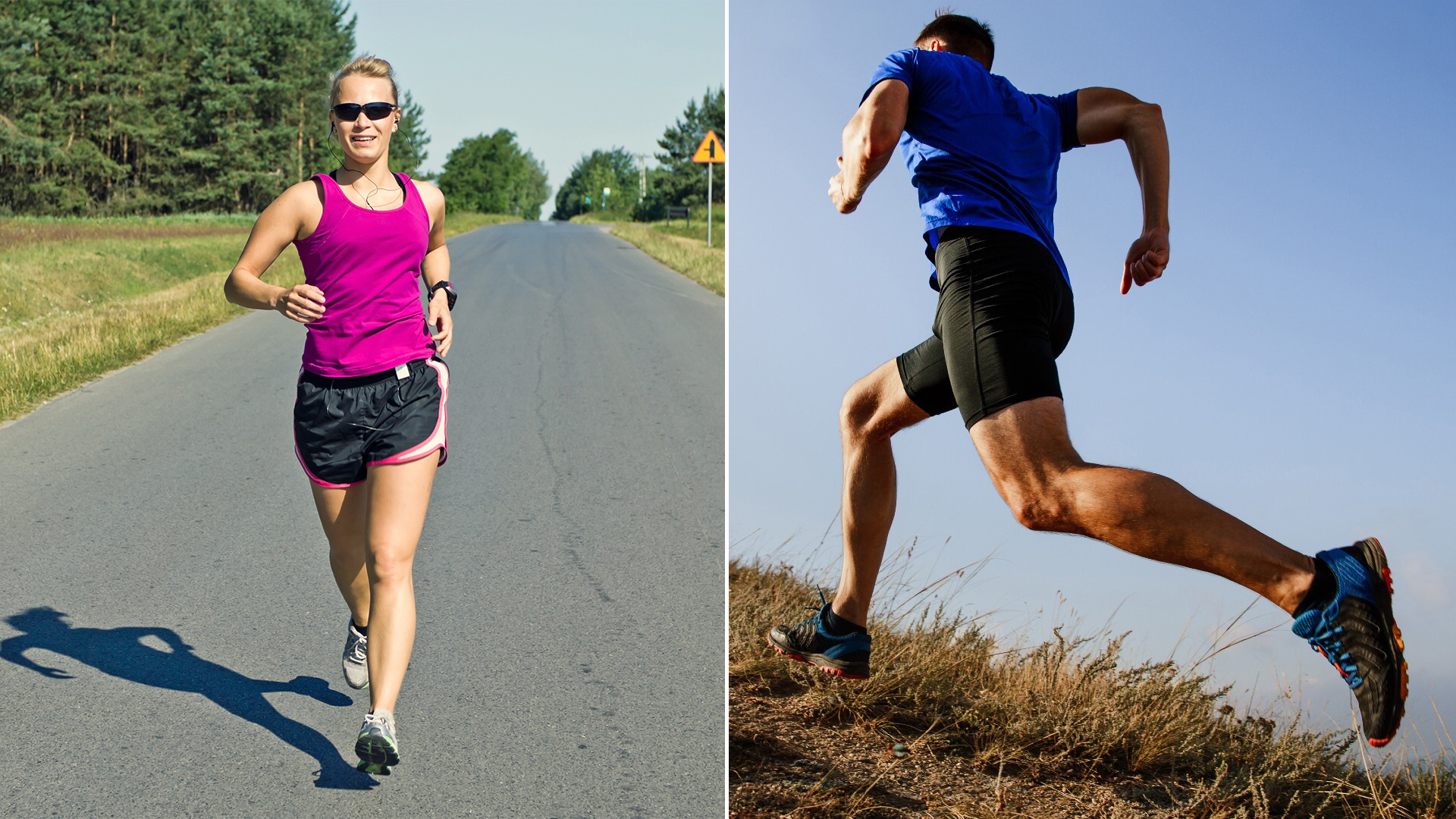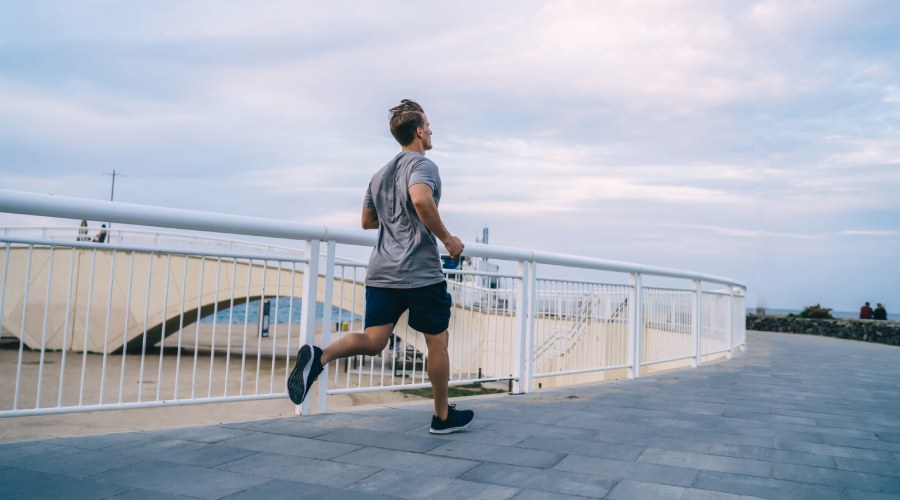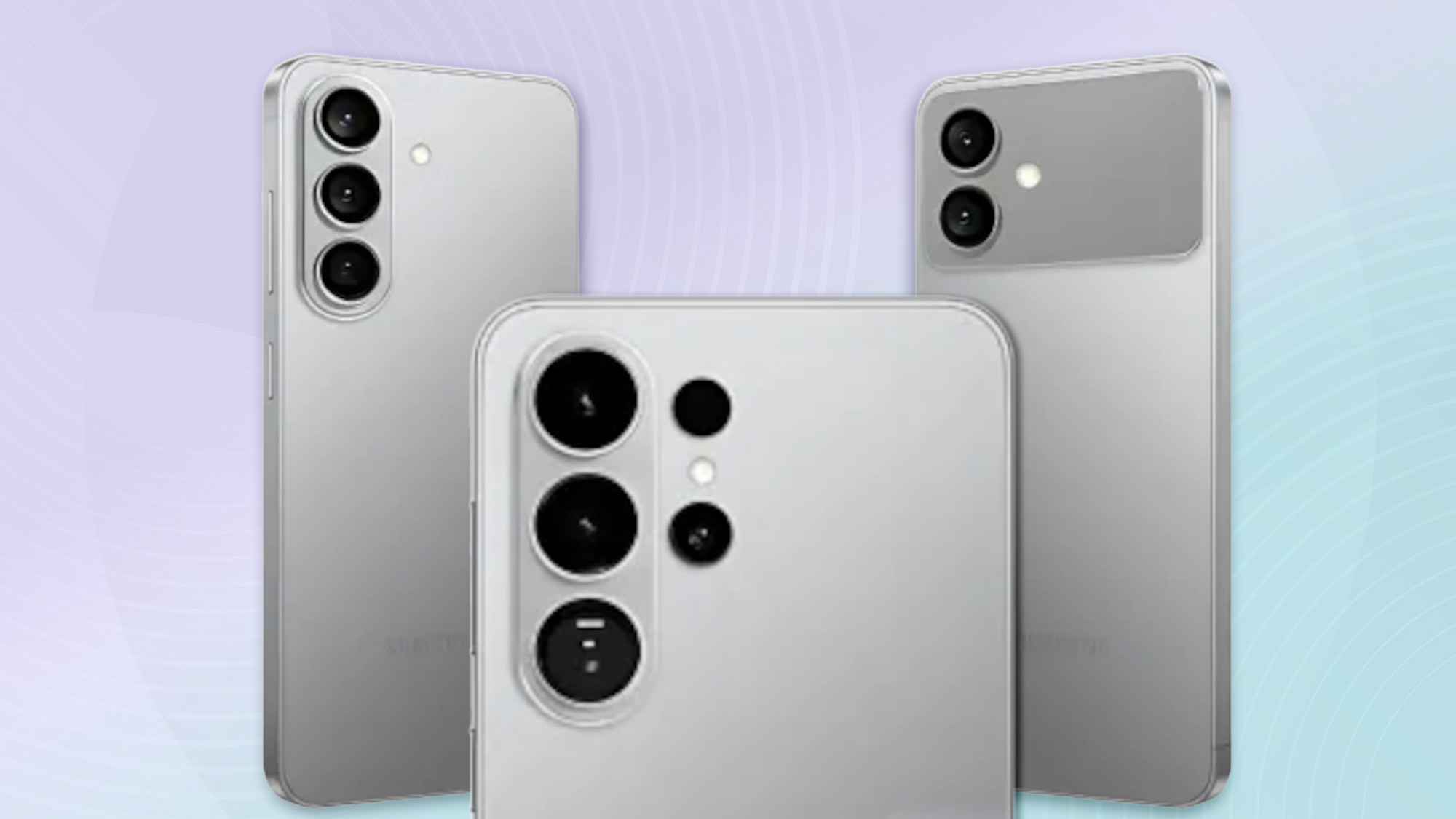
Running and power walking are brilliant exercise methods which help anyone clock up daily steps. But surely running requires more effort, so burns more calories? We decided to find out.
The walking workout has recently soared in popularity, and we've seen TikTok trends like the Hot Girl Walk, 12-3-30 and Silent Walking blowing up on socials. But power walking relies on increased arm movement and speed versus your average walk, and there could be some epic health benefits up for grabs if you try it.
So which one burns more calories, running or power walking? We decided to crunch the numbers and find out. Grab a pair of the best running shoes for hitting the great outdoors, and read on.
Running vs power walking: Benefits
First, let’s quantify what “power walking” means.
According to the breast cancer organization Walk the Walk, power walking is "walking with a speed at the upper end of the natural range of walking. Typically this is around 4-5.5 mph." That’s around 7-9km/h. One foot must always be in contact with the ground.
Power walking is a full-body workout that could improve cardiovascular fitness and endurance, build strength and promote the bone-building process called bone loading. The speed of power walking also engages your upper body to help propel you and could contribute toward weight loss by topping up overall daily calorie burn. One study found that brisk walking could help you lose abdominal fat. But it’s not just the physical benefits of walking we should consider.
Some research shows that brisk walking could improve wellbeing, mood and cognitive function, and it’s an accessible way to get outdoors if running has too high an impact on your joints or you’re easing back into exercise.
Get instant access to breaking news, the hottest reviews, great deals and helpful tips.
The benefits of running are similar and well-documented; running stimulates muscle growth (as we cover here: does running build muscle?), strengthens lower body muscles, builds stronger bones and improves cardiovascular fitness, stamina and endurance.
Running vs power walking: Which burns more calories?
You might think we strapped on the best running watches or took the latest Apple Watches out for a spin (we left that to our editor, who walked 11,000 steps with the Apple Watch 9 and Apple Watch Ultra 2 to test their accuracy).
But as our editor discovered, there are surprising variances between wearables, so it’s hard to know which brand reports the most accurate data. Calorie burn is even harder to determine without visiting a sports lab — as we learned when we did this 500-calorie HIIT workout wearing the Apple Watch.
Instead, we decided to do the math using METS. The MET system is standardized across the board but uses your heart rate and other personal data to estimate.
It’s worth remembering that calorie burn capacity and the metabolic system vary from person to person. Intensity, workout length and biological factors like age, weight, sex, hormones, stress and sleep play a role.
That means no number is 100% accurate, but we can estimate with the Omni Calculator, which uses the 2011 Compendium of Physical Activities. We’ve used it to measure calorie burn across other sports like running vs swimming and now — running vs power walking.
| Activity | Running | Power walking |
|---|---|---|
| Weight | 120lbs | 120lbs |
| M/F | Female | Female |
| Distance | 5K | 5K |
| Heart rate | 21 bp 20s | 21 bp 20s |
| Speed | “Steady-state” | 4-5.5mph |
| Calorie burn 0% | 279kcal | 232-315kcal |
| Calorie burn 1% | 300kcal | 250-330kcal |
A 32-year-old female weighing 120lbs running a “steady” outdoor 5K at a 0% gradient could burn around 279kcal, which becomes 300kcal at a 1% gradient and reduces (slightly) if running on a treadmill (because you’re not dealing with air resistance). We typically add a 1% gradient on treadmills to mimic the energy output of running outdoor terrain.
Using the same metrics but comparing with a 5K brisk walk at a 0% gradient walking at 4mph (the lowest end of the scale for power walking), the results threw up 232kcal versus just over 250kcal at a 1% gradient and 315-330kcal for the faster speed (5.5mph).
Research conducted by Strava found the average running pace to sit just over 6mph (9:53 a mile), with the average 5K around 5mph (11:06), according to the University of Colorado pace chart. A 5mph 5K run is estimated to burn around 286kcal while a 6mph 5K estimates 306kcal.
As we can see, the differences for the same distance are minimal — speed and overall calorie burn. But it shows that gradient, especially power walking at a top-end speed, could nick it for calorie burn. And a slower walk versus a run throws up slightly less calories, while differences between run speeds hardly vary.
Running vs power walking: Does speed matter?

Interestingly, the calculator doesn’t advise using running speed, stating "the number of burned calories doesn’t grow with run speed." You could burn the same amount of calories by running for a longer time at a slower pace.
A study into energy expenditure found participants who walked casually and ran for 1600 meters at 86m-min and 160m-min (respectively) found running burned more calories.
Of course, a slow walk takes longer than running the same distance, so you could argue that time plays a factor, even if running could initially burn more calories per minute.
There is a lot of debate on the topic — some suggest higher speeds translate to higher calorie burn, while many suggest not all miles are equal. Because we have a top-end speed for running, once you reach certain speeds, calorie burn doesn’t alter that much, and there’s a bigger difference between a slow walk and a fast run.
As we can see in this case, the difference between paces is minimal. As are the estimated calories burned.
How to burn more calories
Here are a few other ways to increase calorie burn running and power walking:
Uneven terrain
Outdoor adventures, especially hilly terrain require more effort and air resistance. Our editor discusses running on a treadmill vs running outside here.
Interval training
A high-intensity run starts the afterburn effect — Excess Post-Exercise Oxygen Consumption (EPOC). After exercise, the metabolism temporarily revs up to offset the oxygen deficit, which could ramp up calorie burn after workouts. And it’s also a way to burn calories in less time.
When discussing the exercise bike vs. walking, our expert advises power walking as you can turn over longer distances in a shorter time. Try turning power walks and runs into interval training, alternating between slower and faster paces. Think 30 seconds on and off for several rounds.

Add bodyweight exercises
Adding HIIT into your routine taps into fat burn compared with steady-state exercise and requires more effort, and you could also add bodyweight exercises like squats or burpees between distances to build strength and endurance.
Try a morning workout
Increasing amounts of research suggest fat oxidation increases during morning workouts before you consume food. During this time, the body turns to fat for fuel if carbs aren’t on offer, which could help.
Weight matters
Remember that weight plays a role in calorie burn. The more you weigh, the more calories you’ll likely burn. You could perform the same activity at a lighter weight and burn less than a heavier one.
As you lose weight, you might find it harder to burn calories. Try holding light weights to add some intensity or using a weighted vest.
Our verdict? Running and power walking are different exercises with their own benefits, but there's surprisingly little difference for calorie burn. Increase your walking speed to a challenging pace, and add intensity where you can.
More from Tom's Guide
- 30-minutes of walking a day can do for your body
- How to lose weight by running
- 5 exercises that burn more calories than running
- Does jumping rope burn more calories than running?

Sam Hopes is a level 3 qualified trainer, a level 2 Reiki practitioner and fitness editor at Tom's Guide. She is also currently undertaking her Yoga For Athletes training course.
Sam has written for various fitness brands and websites over the years and has experience across brands at Future, such as Live Science, Fit&Well, Coach, and T3.
Having coached at fitness studios like F45 and Virgin Active and personal trained, Sam now primarily teaches outdoor bootcamps, bodyweight, calisthenics and kettlebells.
She also coaches mobility and flexibility classes several times a week and believes that true strength comes from a holistic approach to training your body.
Sam has completed two mixed doubles Hyrox competitions in London and the Netherlands and finished her first doubles attempt in 1:11.
